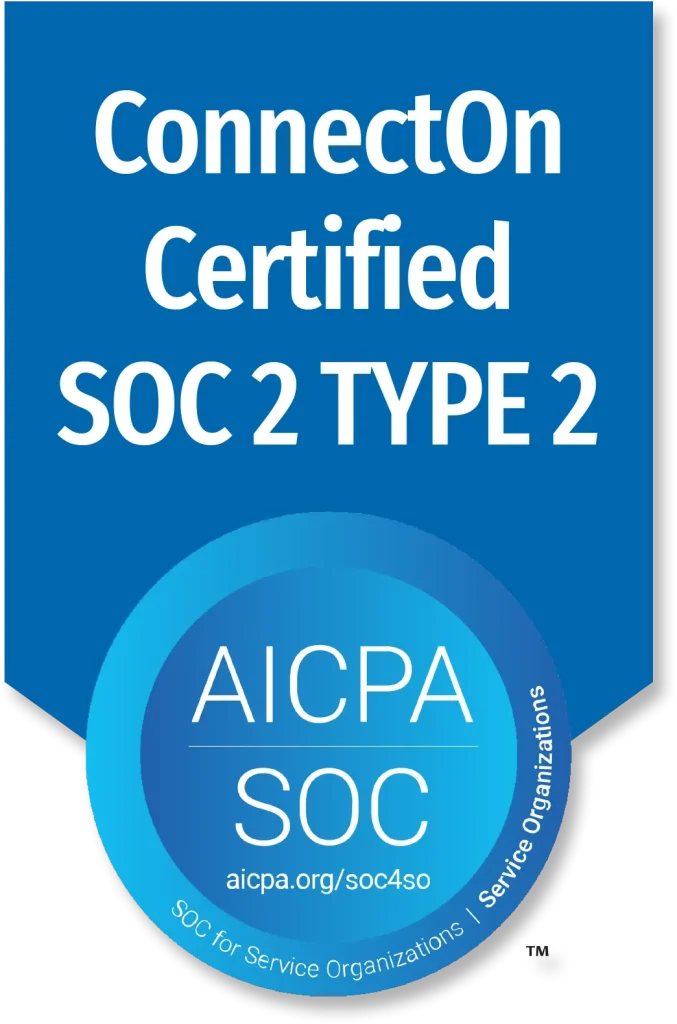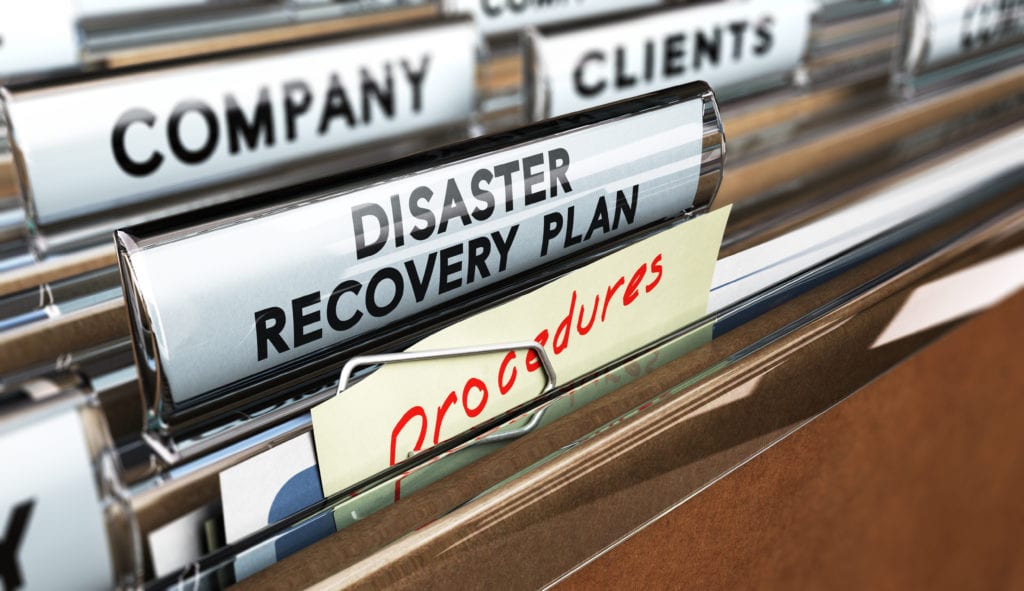Protecting Your IT Network From Natural Disaster
One of the more difficult situations a business can face is a disaster that disrupts the continuity of operations. Specifically, a disaster that impacts your IT infrastructure in such a way that a return to normal operation is a monumental task. Incidents like this include floods, fires, power surges, and viruses. The biggest problem with a disaster is its unpredictability. They generally happen without warning. Business continuity is an important concept and all companies should actively plan – creating appropriate policies and procedures. A carefully crafted business continuity plan can provide the confidence that your company is ready for and protected from a disaster. Establishing a solid plan depends on involving the whole of your business, department heads, appropriate third parties, and active participation in plan review on an annual basis. In most organizations, the IT department will be at the forefront of developing and maintaining a plan because of the predominance of data driven business. Two of the main IT specific concerns are backups and communication.
Backups: Establishing a robust and effective backup plan can be extremely difficult especially in a larger company that has several departments, locations, systems, etc. However, using a directed, scientific approach will allow your IT department to simplify a plan that can expand and contract as necessary. Answering the questions of who, what, why, where, when and how is a basic approach and will establish a template for your company to follow.
- Who? – The people who are responsible for the creation, explanation, implementation, and any other communication regarding your backup plan. If you don’t answer this then responsibility centers are not established and the plan will breakdown. Employees or departments may take it upon themselves to establish plans that don’t cover your business properly or may not do anything at all.
- What and Why? – Determine the data and systems that need to be backed up in case of a disaster. This may only include a few centralized systems that hold all of your important data. It could include all your systems including workstations, mobile devices, and servers. Systems that are necessary for operations will of course be included. Too many systems or too much data may be unnecessary and cost your company in the long run. Time is a factor as well since backups often take several hours depending on data type and how a backup is done.
- Where? – Physical location(s) of backups is of paramount importance. Offsite or cloud based backups makes the most sense on almost all occasions since disasters, including floods or fires, don’t discriminate when it comes to systems, servers, and data.
- When? – Determining how often to perform backups depends on data types and employee resources. Some backups may be done automatically but others may have to be done manually. This will take careful consideration if your staff is limited or your network connections are slow.
- How? – There are numerous backup software options and selecting the best one(s) can be confusing and difficult. Options range from specialized software, built in solutions, and cloud based backups.
Communication: Although a broad concept, you can create a simplified procedure that will effectively communicate a continuity plan. Your plan must be understood by all of your employees and specifically the people that will be involved in any aspect of backups and recovery to offsite locations, third parties, and customers. If a disaster occurs, a coordinated response from the highest levels of the company to the end users and customers is essential. Additionally, communication channels may become compromised so be sure to take this into account. A third party phone center or ISP may come into play. These resources will need to be notified ahead of time and available as needed. A breakdown in communication can be as disastrous as the incident itself.
Backups and communication are just two important aspects of a business continuity plan. Using a general template to create these procedures will allow your company to create a more robust procedure when a disaster strikes. Taking these concepts for granted and neglecting any of the aspects identified above is the real recipe for disaster.
ConnectOn can help prepare your business for disaster. Contact us for more information!



